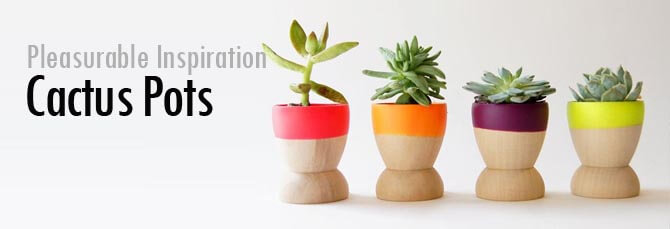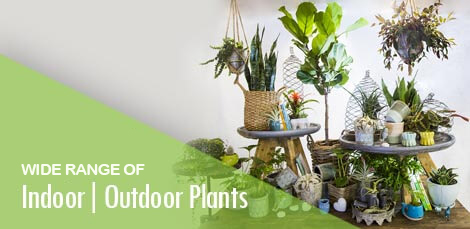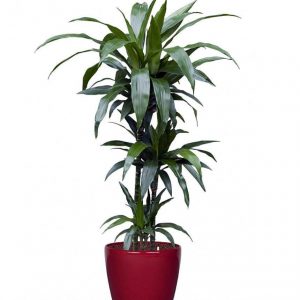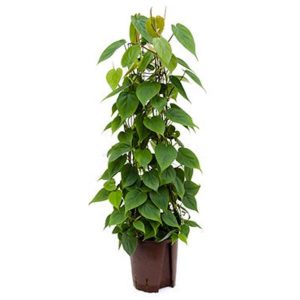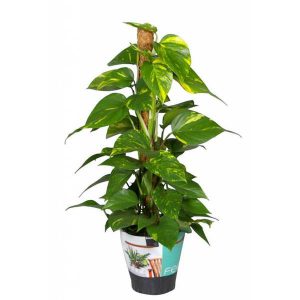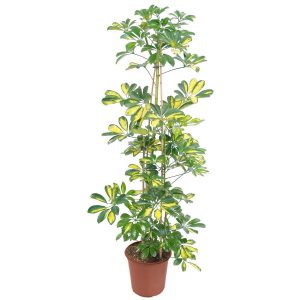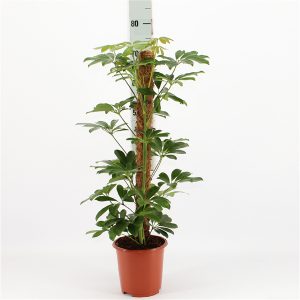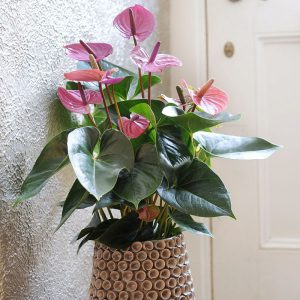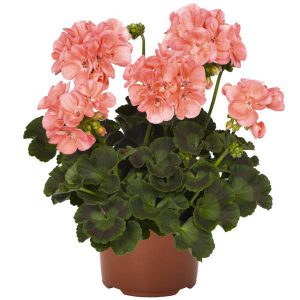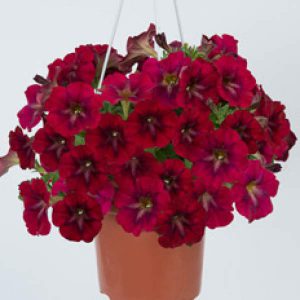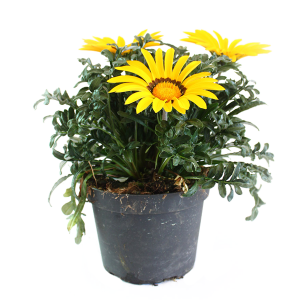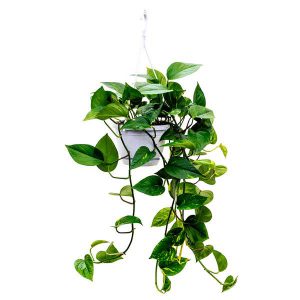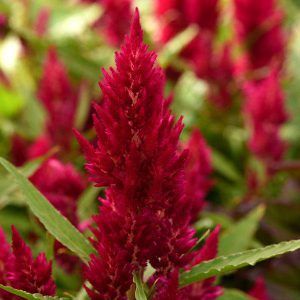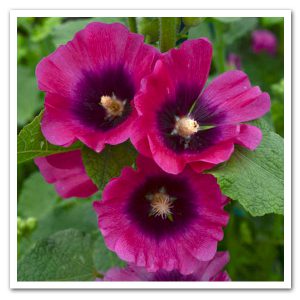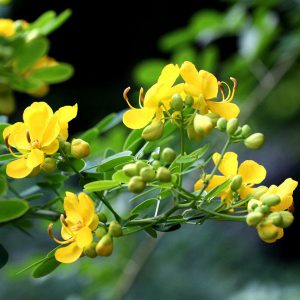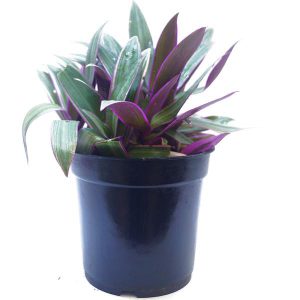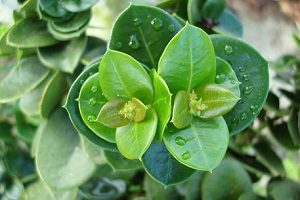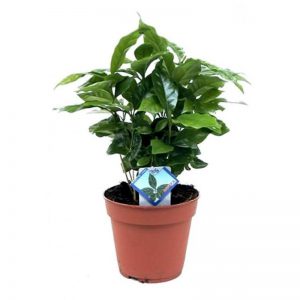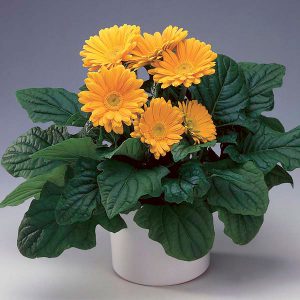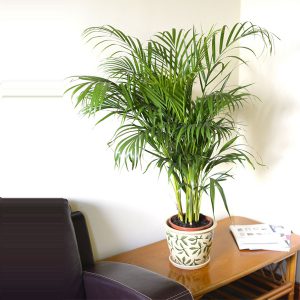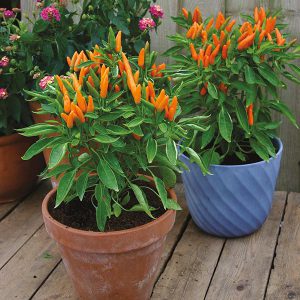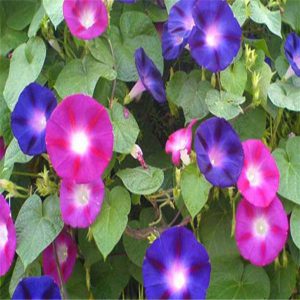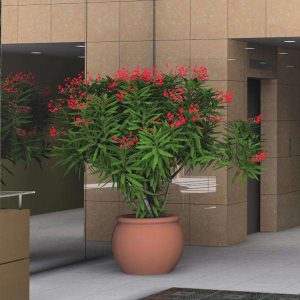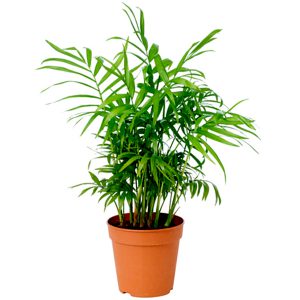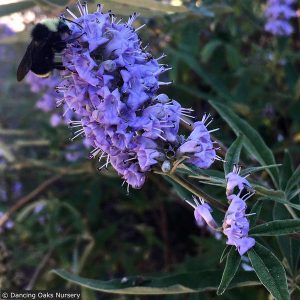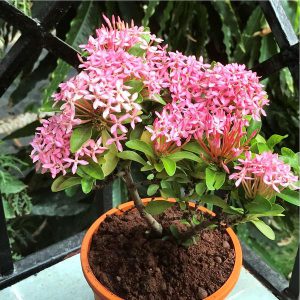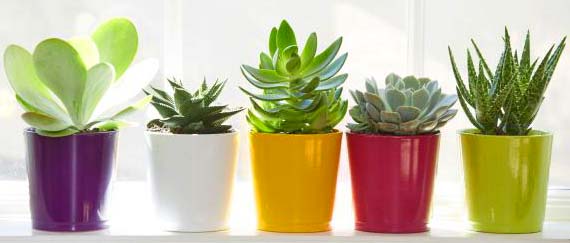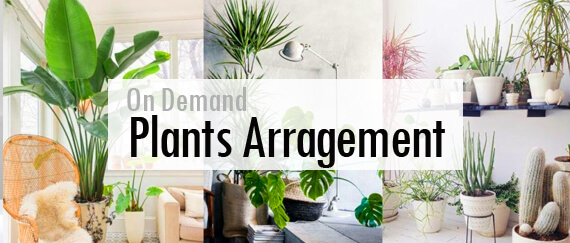
Featured Product
Dracaena Compacta
A Dracaena compacta plant grows best in medium light. In low light area they grow very slowly or not at all, tend to lose bottom leaves, and are easily over-watered. Rotate dracaenas weekly so that they don’t grow toward the light, become one sided, and lose their beautiful shape..
Like other indoor houseplants, a Dracaena compacta uses less water in low light than in brighter light. Keep the plant on the dry side to prevent root rot and Leaf Spot Disease. Allow the top ¾ of the soil to dry out before watering. In low light this could be two weeks or more. Compacta plants do better when watered on a regular schedule. Brown tips usually indicate too much too much chlorine or fluorine in the water. Muddy brown leaf tips on new growth means the plant needs more water.
Dracaena Compacta plants like warm room temperatures (60-75°F/16-24°C). Cold winter drafts and heaters can damage the leaves.
AED 210.00Add to cart
Dracaena Marginata
Dracaena marginata plants can be used as table plants but they are especially impressive as tall trees with multiple canes and hundreds of long thin green leaves trimmed in dark red.
AED 110.00Add to cart
Dracaena Rikki
water the plant deeply and then allow the soil to drain thoroughly. Allow the top 2 inches of potting mixture to dry before the next watering. Dracaena “Rikki” benefits from a monthly feeding during spring and summer, using a standard liquid fertilizer for indoor plants. No fertilizer is advised during fall and winter
AED 210.00Add to cart
Dracaena White stripe
A house plant which has wonderful foliage. Dracaena ‘White Stripe’ (Dracaena fragrans) is a sensational variety with very distinctive dark green leaves streaked with white.
- The sharp contrasting stripes make this an attractive plant for the home.
- Stand your Dracaena in a light spot out of direct sunlight.
- Dracaena are wonderful house plants that originate from Africa and southern Asia. The name comes from the Ancient Greek meaning ‘female dragon’.
- These easy-to-care-for house plants are long living and they also purify the air, meaning they are good for your health!
- These have thick, robust stems.
- Easy to care for.
- Do not allow to stand too long in water. Water regularly but allow to partially dry out before watering again.
- Protect from frost.
- You will receive 3 plants in one pot with varied stem heights 90, 60 and 30 cm.
- Delivery height 130-150 cm,
AED 210.00Add to cart
Dracaena Fragrans Massangana
The Dracaena fragrans ‘Massangeana’ plant, also known as the corn plant, is made up of shiny green leaves that have a yellow streak running down the center of the leaves. Most Dracaena fragrans ‘Massangeana’ are grown indoors in pots and are relatively low-maintenance plants. These tropical plants don’t handle cold temperatures well.
AED 90.00Add to cart
Dracaena Janet craig
Name: Dracaena deremensis ‘Janet Craig’
Janet Craig is one of the most popular Draceanas used indoors, likely due to it’s ability to grow in low light and tolerate considerable dryness.
It is a medium sized Draceana, usually planted with 3 to 5 stalks per pot. It’s leaves are dark green, approximately 2 feet in length and about 3 inches wide, and cascade downward gently from the stalk.
The “Compacta” variety is, like its name suggests, is a compact smaller version, growing about only 1 foot tall with small leaves tight to the stalk.
The temperature requirements for Janet Craig is a comfortable 75 degrees and the water requirements are low. Dracaenas are one of the plants used in the NASA Clean Air Study and has shown to help remove Formaldehyde.
The wide leaves on Dracaenas can and do accumulate dust. Wipe leaves down regularly with a damp cloth to remove dust. Although most Dracaenas have few problems with pest, occasionally mealy bug and scale can attack the plant.
If you’re ready to discover the inside scope on Dracaena care check out this special Dracaena care guide. Grab this special care guide on Dracaeas today.
AED 210.00Add to cart
Philondredon Scandens ( Sweetheart Plant)
Botanical Name: Philodendron scandens
Heartleaf philodendron is a popular house plant because it is extremely easy to grow. It’s also known as the Sweetheart Plant.
Heart-shaped, glossy leaves emerge bronze, then quickly turn green. The leaves are typically 2-4 in (5-10 cm) long, and cover its long, slender stems that can grow to 4 ft (1.2 m) or more.
AED 90.00Add to cart
Scindapsus aureus
Scindapsus aureus is the scientific name of the “money plant” grown in homes in Asia. Epipremnum aureum is another scientific name that many consider synonymous. Besides “money plant,” other commonly used names for this plant are “pothos,” “silver vine,” “devil’s ivy,” “and “Solomon Islands ivy.”
This plant is native to Southeastern Asia and New Guinea. It belongs to the Araceae family, which contains more than 100 genera.
The plant is called a money plant because its leaves (round, flat, heart-shaped, dark green, and plump) resemble coins. It is a perennial and may be grown as either a trailer or a climber. Young plants bear three- to four-inch-long heart-shaped leaves. This plant is grown mainly indoors.
AED 55.00Add to cart
Monestera Deliciosa
Monstera plant care is relatively low maintenance. Theplant needs warm interior temperatures of at least 65 degrees Fahrenheit (18 C.) or warmer. Swiss cheese plantalso needs moderately moist soil and high humidity
AED 315.00Add to cart
Schefflera Combacta Gold
The schefflera houseplant is a popular plant and comes in many varieties. The most well known are the umbrella tree and the dwarf umbrella tree. One of the reasons the plant is popular is because schefflera plant care is so easy, but, while schefflera care is easy, the plant does need to be cared for. Keep reading to learn more about growing schefflera and keeping it healthy and lush
AED 125.00Add to cart
Schefflera Combacta
The schefflera houseplant is a popular plant and comes in many varieties. The most well known are the umbrella tree and the dwarf umbrella tree. One of the reasons the plant is popular is because schefflera plant care is so easy, but, while schefflera care is easy, the plant does need to be cared for. Keep reading to learn more about growing schefflera and keeping it healthy and lush
AED 140.00Add to cart
Anthurium Pink
Anthurium is a popular guest and not just in your home. The plant is loved by its shiny green leaves are colored bracts and cheerful flask. Thus you give your interior an instant red, pink, purple, orange, yellow, white or green boost. Try Just try not to be cheerful
AED 65.00Add to cart

Best Selling Prodcuts
geranium
Whether indoors or out, geranium care is pretty basic. In addition to watering, which should be done deeply and once the soil begins to feel dry indoors or at least weekly outdoors (though potted plants may need daily watering in hot weather), fertilizing is usually necessary. Use a water-soluble houseplant fertilizer or a 5-10-5 fertilizer with additional organic matter every four to six weeks throughout their active growing season. Indoor or potted plants may require repotting once they become overgrown, usually noted by wilting between waterings. Regular deadheading of spent blooms will also help encourage additional blooming. When watering outdoor plants, it’s best to avoid overhead irrigation, as this can lead to pests or disease issues. Geranium plants root easily from cuttings and can be propagated in fall for overwintering of outdoor plants. They can also be dug up and brought inside.
AED 10.00Read more
Petunia
Growing petunias can offer long term color in the summer landscape and brighten dreary borders with lovely pastel colors. Proper petunia care is simple and easy. After learning how to plant petunias you can include them in your flower bed and container garden. Four species of petunias include hundreds of cultivars and offer a perfect addition to the home landscape:
AED 2.00Add to cart
gazania rigens
gazania rigens
Grow in sandy to average, well-drained soils in full sun. Tolerates some soil dryness, but prefers consistent moisture. Do not overwater, however. Deadhead spent flowers to encourage additional bloom. Winter hardy to USDA Zones 9-11. Grow as annuals in St. Louis, either in the ground or in containers. Prefers cool summer climates, and flowering may slow down considerably in hot and humid St. Louis summers. If growing from seed, start plants indoors in late winter (6-8 weeks before last frost date) and set plants outside after last frost date. Take basal offsets from favorite plants in late summer to early fall for rooting and subsequent overwintering indoors in pots. Container plants may also be brought inside for winter.
AED 5.00Add to cart
Scindapsus hanging
Native range extends from Northern Australia through Malesia and Indochina into China, Japan and India. The species have become naturalised in tropical and sub-tropical forests worldwide, where it has caused severe ecological damage in some cases. Scindapsus aureus can become a highly invasive species when introduced into tropical countries where it is not native. Having no natural enemies, it completely overgrows the forest floor as well as the trunks of trees, causing severe ecological disruption.
AED 30.00Add to cart
Celosia
Sunlight: Full sun locations allow cockscomb Celosia to grow taller. But cockscomb may grow in only partial sun, so it can happily exist when partially shaded by taller plants.
Water: Celosia loves moist soil. Although the plant can tolerate short periods of drought but it grows much better when soil remains slightly moist. While watering, remember not to overwater plant to avoid leaf spots, stem rot, root rot and other fungal diseases.
AED 3.00Add to cart
Hollyhocks plants
The flowering stalks of the hollyhock, Alcea rosea, are covered in buds from the top all the way down to the rosette of foliage at the base. Once they are fully grown and ready to burst into color, these blooms start at the bottom and slowly work their way up, unfurling a little at a time. As the blooms continue to open, there will typically be several blooms per stalk all opening at once to create beautiful columns of rainbow-worthy color.
AED 45.00Add to cart
Cassia fistula (Golden shower tree)
Young trees can grow asymmetrical with branches often drooping toward the ground. Staking and proper pruning will help develop a well shaped and structured crown.
It has great value in medicine. It is known as aragvadha, meaning “disease killer”. The root is considered a purgative, and self-medication or any use without medical supervision is strongly advised against in Ayurvedic texts. The flesh of the fruit is used as a laxative, while the bark can be used to treat skin infections.
AED 10.00Add to cart
Rhoeo dis colour
Rhoeo, including Rhoeo discolor and Rhoeo spathacea, is a plant of many names. Depending on where you live, you may call this plant moses-in-the-cradle, moses-in-a-basket, boat lily and oyster plant. Whatever you call it, Rhoeo makes an excellent and fast growing ground cover in the garden.
AED 5.00Add to cart
Oncidium Mini Yellow ‘Real Feel’
Oncidium Mini Yellow ‘Real Feel’
The flowering plants (angiosperms), are the most diverse group of land plants. The first flowering plants known to exist are from 160 million years ago. They diversified enormously during the Lower Cretaceous and became widespread around 120 million years ago. It is generally assumed that the function of flowers, from the start, was to involve animals in their reproduction processes.
By so doing plants greatly improved their reproductive efficiency and genetic diversity. Many animals contribute, insects, birds, bats monkey’s etc. interestingly red flowers will be pollinated by animals that can see ‘red’ in the spectrum, (like birds and monkeys). Rarely will they be pollinated by insects which can see ultraviolet, but not red.
AED 25.00Add to cart
carissa gandiflora boxwood beauty
Carissa ‘Boxwood Beauty’ is a compact dense evergreen shrub with green foliage and no thorns on the stems. Has deep green leaves like a large leafed boxwood. OK to prune heavily to shape. Produces fragrant white flowers with 5 petals. Full sun produces best growth results. Excellent for hedging and shaping
AED 10.00Add to cart
Coffee Arabica Plant
Coffea arabica (/əˈræbɪkə/), also known as the Arabian coffee, “coffee shrub of Arabia”, “mountain coffee” or “arabica coffee”, is a species of Coffea. It is believed to be the first species of coffee to be cultivated, and is the dominant cultivar, representing about 60% of global production.[1] Coffee produced from the (less acidic, more bitter, and more highly caffeinated) robusta bean (C. canephora) makes up most of the remaining coffee production. Arabica coffee was first found in Yemen and documented by the 12th century.[2] Coffea arabica is called būna in Arabic.
AED 55.00Add to cart
Gerbera daisy
Gerbera daisies are susceptible to fungal diseases, although older varieties less so. Fungal sprays do not generally prevent crown rot, so correct planting and watering are essential for gerbera daisy care. Make sure you plant them with adequate spacing and in high light areas. A little bit of light shade in high summer is alright, but without full, direct light the plants will get leggy and pale and not produce nearly as many blooms. Water in the morning so leaves can dry out during the day to lessen the risk of rot and fungal diseases. Gerbera daisy care can also be enhanced by using a micro-nutrient liquid fertilizer such as a seaweed or fish emulsion. Keep an eye out for caterpillars and leaf miners too. Spray, if needed, with an organic spray such as pyrethrum or neem oil. Growing gerbera daisies can have some challenges, but it is a wonderful reward when those big, happy flowers bloom.
AED 20.00Add to cart
Arecca palm
Areca palm (Chrysalidocarpus lutescens) is one of the most widely used palms for bright interiors. It features feathery, arching fronds, each with up to 100 leaflets. These big, bold plants command attention.
1. During the spring and summer the soil must be kept moist. In fall and winter, however, the soil should get a bit dry between watering.
2. The sunlight should be either bright indirect or curtain filtered.
3. Temperature fluctuations may be dangerous. In the winter months try to keep temperatures from 60-70 F at night and the day temperatures should be from 75-85 F.
4. From spring to fall use a fertilizer to give the soil all the necessary nutrients for a year.
AED 35.00Add to cart
Chilli Pepper
Colorful, compact plants that grow to heights and widths of about 12 inches, ornamental chili peppers (Capsicum annuum), produce masses of small, upright peppers that start out green, eventually turning chartreuse, orange, and finally rich, bright red. A single plant often produces more than 50 chili peppers at a time. Although ornamental chili peppers are tropical plants most often grown indoors
AED 30.00Add to cart
Moringa glory (ipomoea)
- Moringa oleifera (Moringaceae) is a tree native to India, and cultivated in tropical areas of the world.
- It is considered the “miracle tree”, because all its parts (leaves, flowers, fruits, wood and seeds) are used mainly for their pharmacological and nutritional properties.
- The crushed seeds are known for their very high capacity to purify drinking water.
- The leaves of the tree are so nutrient dense they are an integral part of the WHO and FAO programs for feeding the poor in indigent countries.
- In Ayurveda the moringa tree and its parts are used to treat over 300 ailments.
AED 10.00Add to cart
outlander (nerium oleander)
Nerium oleander, commonly known as oleander, is a highly toxic plant that has been cultivated since ancient times.
Nerium oleander is a highly toxic ornamental shrub widely cultivated in the Mediterranean. It has been grown since ancient times and features in many of the Roman wall paintings in Pompeii.
Alexander the Great in his military campaigns is said to have lost men as a result of eating meat skewered on highly poisonous Nerium twigs.
AED 30.00Add to cart
Bamboo (chamadorea elegans)
Although a bamboo palm grows faster in bright indirect light, it still does well in medium light and even low light if you’re careful not to over-water.
Allow the top 1/3 of the soil of a bamboo palm to dry out before watering. These plants like barely moist but never soggy soil. Never allow a bamboo palm to sit in the excess water that drains from the pot. Do not use water that has passed through a softener because the high salt content damages the leaves. Leaf tips look pale in color and green leaves fall off an over-watered bamboo palm. New growth and leaf tips turn brown when a bamboo palm is under-watered. The confusing thing is that yellow leaves can develop when the plant is over or under- watered, so you need to check the soil as far down as you can to know if the plant needs water.
AED 30.00Add to cart
Vitex Anus (chaste tree)
Vitex (chaste tree, Vitex agnus-castus) blooms from late spring until early fall with long, upright spikes of pink, lilac and white flowers. Any shrub or tree that blooms all summer is well worth planting, but when it also has pleasantly fragrant flowers and foliage, it becomes a must-have plant. Chaste tree garden care is easy, but there are a few care essentials you need to know to get the most from this outstanding plant
AED 20.00Add to cart
Gardenia Flowering Plant With Terracotta pot
AED 120.00 Original price was: AED 120.00.AED 100.00Current price is: AED 100.00.Add to cart
Gardenia Flowering Plant With Terracotta pot
One number of Gardenia flowering plant 25cm to 30cm ht arranged in small Terracotta pot with soil mixtures
AED 120.00 Original price was: AED 120.00.AED 100.00Current price is: AED 100.00.Add to cart
Ixora plant
The best floral displays are produced by Ixora grown in full sun situations. Well-drained soil and moderate to slightly acidic pH are crucial to growing an Ixora bush. The plant develops chlorosis when installed in alkaline soils. Keep the soil evenly moist and prune the plant when it gets unruly. Ixora responds well to shearing and makes an excellent low hedge with its 4 to 6 foot height. Propagation of the shrub is through stem cuttings which can be rooted with the help of a rooting hormone. The flowers also occasionally produce a dark purple to black berry with seeds that are sometimes viable. Clean the pulp off the seed and soak it over night. Plant in a 2-inch pot filled with good seed starter mix. Moisten the mixture and fasten a plastic bag over the pot. Place in a warm location with moderate light. Keep the pot moist and move it to bright light as soon as the seed has germinated.
AED 25.00Add to cart
![]()
SUPPORT 24/7
We support online 24 hours a day
![]()
FREE SHIPPING
On above 350 AED order


